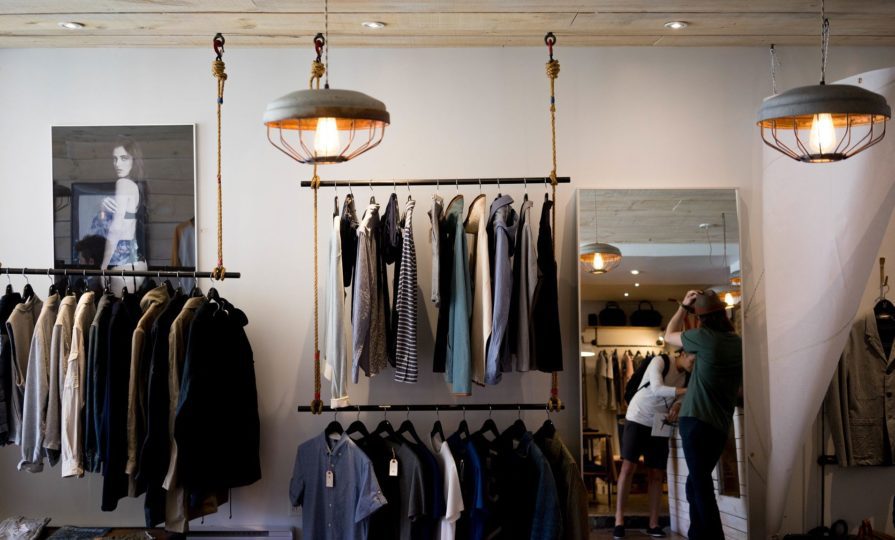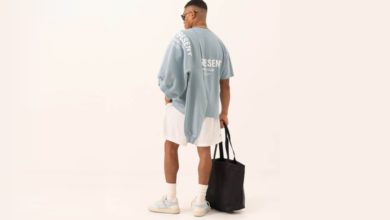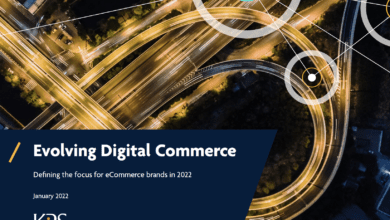Personalisation is the key to lasting customer loyalty in fashion

Fashion is a fundamental form of human self-expression, so it makes sense that searching for the right clothes and shoes should be inspiring and delightful. All too often, however, retailers and brands allow complexity to spoil this experience, leaving customers confused and frustrated to grapple with the countless options, permutations and processes on offer.
Personalisation is widely touted as the answer to this problem – it takes the guesswork out of shopping, giving the shopper more confidence. It answers their personal questions (is this style flattering, how will it fit?), curing the Achilles heel of the clothing and shoe segment. When executed correctly, personalisation allows retailers to know their customers intimately so that they can guide them with minimum fuss through the snowstorm of choice to make the perfect purchase, time and again.
The retailers who can guarantee product ‘fit’ in the widest sense (including clothing size, whether it flatters your shape and if it meets your personal taste) will secure customer loyalty, boosting both lifetime value and retailer/brand margins.
The average customer doesn’t exist
When it comes to sizing, retailers have been relying on averages for too long, especially when the “average” consumer doesn’t exist. Sizes marked small, medium and large vary tremendously across brands and styles, confusing consumers. Fashion is simply too personal to rely on assumptions based on averages.
Several attempts have been made to crack this sizing problem. Crowd sizing – a technique used by rudimentary size calculators, involves collecting measurement data from the customer and comparing those measurements to a pool of data taken from other customers. The garment is then rated against a size that may fit the customer. This methodology fails because it relies on comparing averages and does not take the consumer as an individual into account – especially since the “average customer” does not exist.
Customers are crying out for true personalisation, with 43% saying retailers should do more to offer personalised experiences.
The personalisation sweet spot
To operate within this personalisation sweet spot, retailers must focus on what they know about their individual customers – what kind of curated content and purchase suggestions can the retailer really offer based on this?
True personalisation involves providing a curated and personalised selection of product recommendations that are most likely to resonate with the customer at that precise point in time based on where they are in the shopping journey, showing them an item, or items, that they will love and keep.
However, retailers must go beyond providing the right size or product recommendation. They should take into consideration how the shopper likes the product to fit on their individual body shape and connect every piece of garment to the individual consumer. Take two shoppers for example with exactly the same size, one prefers the dress to be really fitted whilst the other prefers it to be a bit looser.
To be able to do this, not only do retailers need to learn about their customer’s preferences but also understand the garment and its attributes (such as the length, fabric, stretch type, collar type or fit type etc.) and match it to the right shopper depending on their fit preferences. True personalisation can only be achieved by continuously nurturing the consumer profile, learning their behaviour and preferences to finally provide them with the right garments they will love and keep.
Harnessing data-rich insights
Using data-rich insights about both products and consumers to drive business decisions is significantly more advanced than the usual push marketing retailers classify as personalisation. These data-rich insights unlock a greater understanding of customer behaviour, highlighting unexpected revenue streams.
Take returns for example, data analysis shows that in some instances a customer-centric returns policy can be a significant factor driving profit. But which instances? A data-rich view of customer behaviour can reveal which customers are using returns to experiment or sample apparel and footwear across a wide variety of styles, sizes and colours. Personalised data can also show if these individuals are “high value”, giving you an opportunity to target and nurture their high-value purchasing patterns.
Successful personalisation guides consumers to make the best possible purchase decision with minimal risk. The implications for customer satisfaction are huge – pain-free shopping and a product that they are absolutely satisfied with. That means, less returns, a greater chance of creating a repeat customer and both brand affinity and advocacy.
Fit – the defining factor
Take fit (rather than size) as a force for driving customer loyalty for example. Research by Mintel shows that 81% of consumers who buy clothes that fit perfectly are likely to purchase from that brand again in the future. This sounds easy, but when you consider the wide discrepancies in stated clothing sizes across brands the task immediately increases in difficulty.
The beauty of market-leading solutions, however, is that they use artificial intelligence to learn an individual’s fit and shopping preferences over time by analysing their shopping behaviour. This can then be matched against the widest possible pool of product data from across multiple brands and retailers so that fit and style discrepancies can be reconciled and the best product can be singled out.
This technique enables personalisation at every touchpoint in the customer journey, from search ads, and retargeting, emails, to in-store experiences, curated catalogues, and product recommendations.
This perfect personalisation translates into increased confidence to buy, a better shopping experience for consumers and higher conversion rates, a reduction in returns for retailers and brands resulting in real incremental lifetime revenue.
Lars Rabe, managing director, True Fit, Europe









